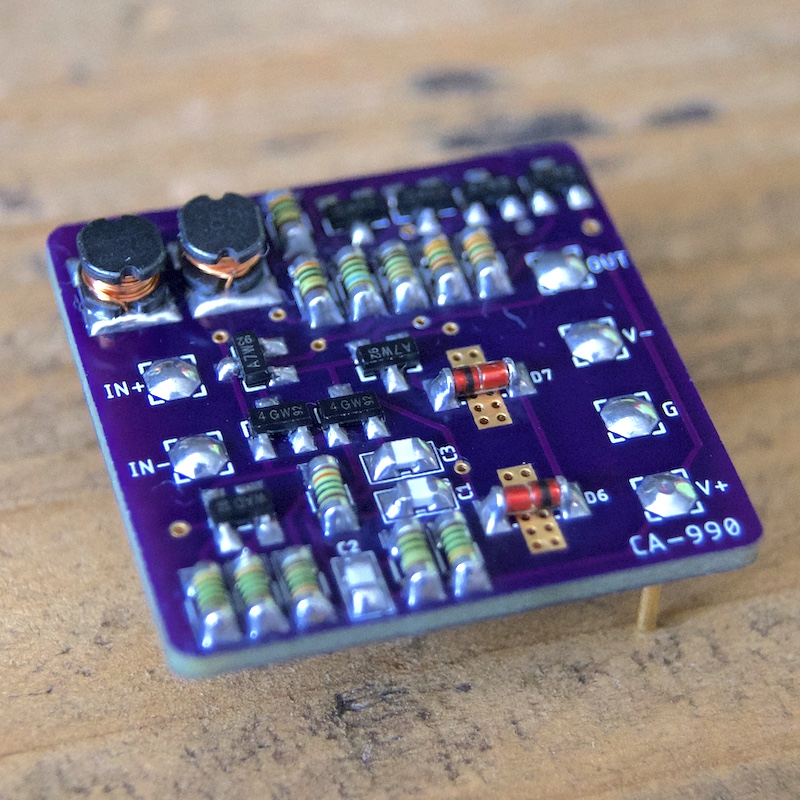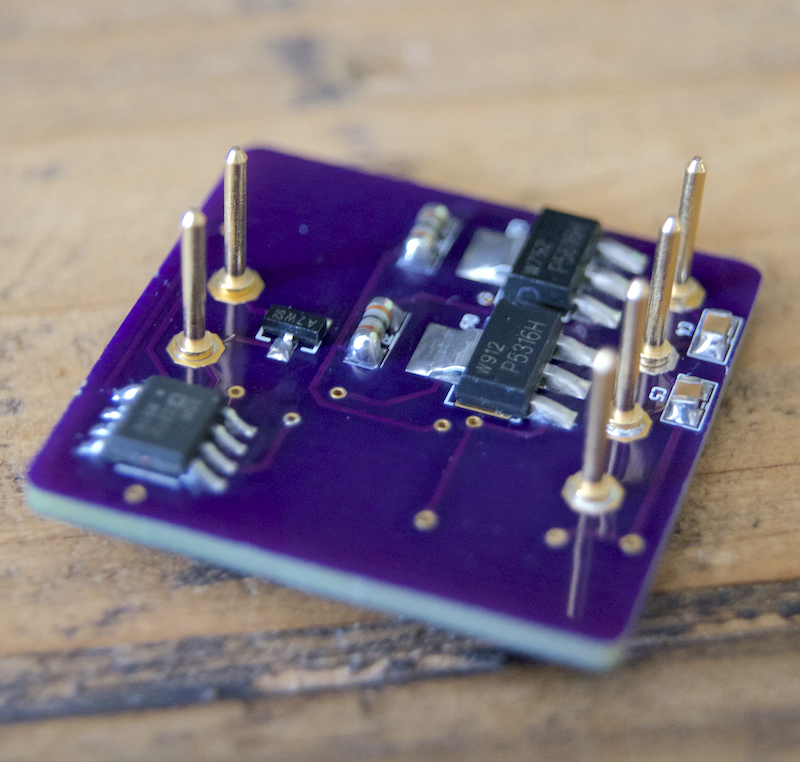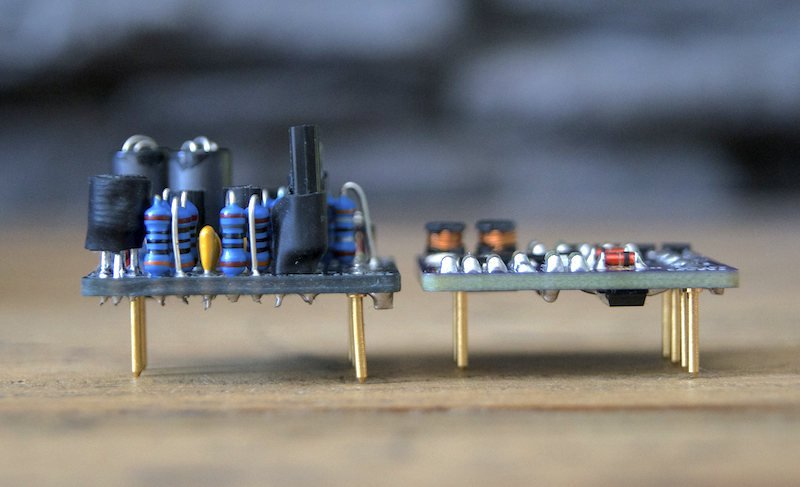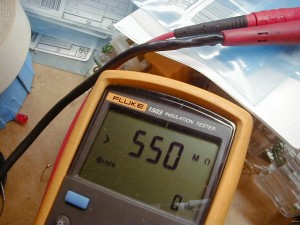elskardio
Well-known member
Hi Guys,
I wanted to share my latest version of the 990 discrete opamp.
It's 100% SMD... but why? ???
I've been building a lot of 990s lately for my Twin Servo preamp and it's pretty time-consuming. So how accelerate the assembling process without increasing the cost? SMD to the rescue! I can simultaneously build a panel of multiple opamps and a lot faster than my through hole design. No need to bend component legs or flip the pcb to solder.
All resistors are MELF. Capacitors are COG with the exact values from the original JE-990 schematic. My main concern was the heat dissipation of the output transistors. For most application, I need the 990 to be stable at +/- 16V driving a load of 600 ohm. I just finished stress testing a pair running at +/- 18V driving 150 ohm for 48 hours... I can keep my finger on the transistors
Now the big question... how does it sound? I only did a quick test between the through hole version and the SMD and I couldn't tell them apart. I sent a pair of Twin Servo to a local studio yesterday. One with a pair of the 990 SMD version and the other with the through hole version. I'll have the audio files next week to compare. If you guys are interested, I could post the files when they're available.
Cheers
Gabriel
Here's a picture:

The output transistors are mounted on the bottom.

I love how low-profile the SMD version is...

I wanted to share my latest version of the 990 discrete opamp.
It's 100% SMD... but why? ???
I've been building a lot of 990s lately for my Twin Servo preamp and it's pretty time-consuming. So how accelerate the assembling process without increasing the cost? SMD to the rescue! I can simultaneously build a panel of multiple opamps and a lot faster than my through hole design. No need to bend component legs or flip the pcb to solder.
All resistors are MELF. Capacitors are COG with the exact values from the original JE-990 schematic. My main concern was the heat dissipation of the output transistors. For most application, I need the 990 to be stable at +/- 16V driving a load of 600 ohm. I just finished stress testing a pair running at +/- 18V driving 150 ohm for 48 hours... I can keep my finger on the transistors
Now the big question... how does it sound? I only did a quick test between the through hole version and the SMD and I couldn't tell them apart. I sent a pair of Twin Servo to a local studio yesterday. One with a pair of the 990 SMD version and the other with the through hole version. I'll have the audio files next week to compare. If you guys are interested, I could post the files when they're available.
Cheers
Gabriel
Here's a picture:

The output transistors are mounted on the bottom.

I love how low-profile the SMD version is...


































